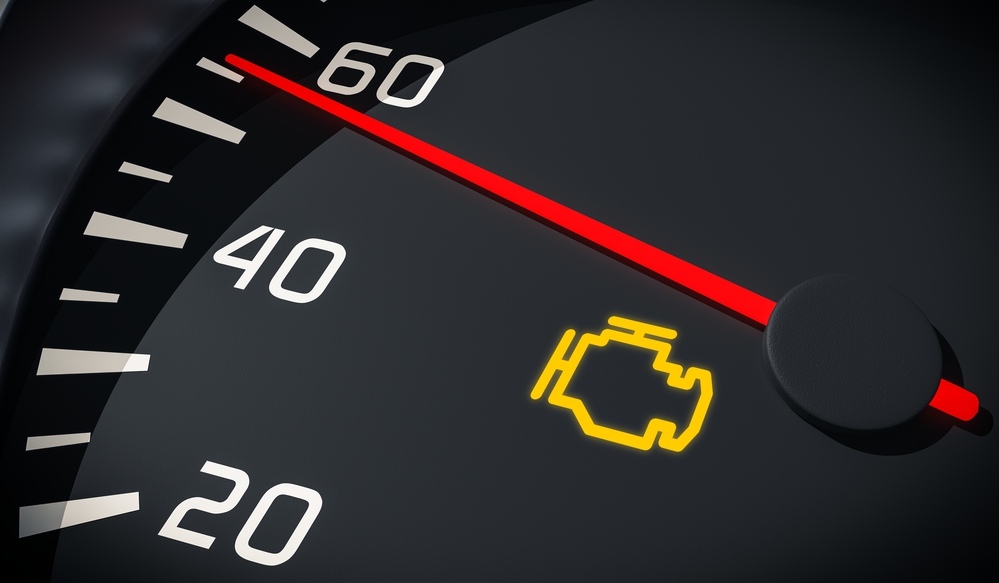A Guide to Recognising and Addressing Issues
In the world of diesel engines, the Diesel Particulate Filter (DPF) plays a crucial role in reducing harmful emissions and ensuring compliance with environmental standards. However, like any component, the DPF can face issues over time, and a common problem is clogging. Recognising the Signs Your Diesel Particulate Filter is Clogged is essential for maintaining engine performance and preventing costly repairs. In this blog post, we’ll explore the key indicators that your DPF may be clogged and discuss steps to address the issue.

Reduced Fuel Efficiency
One of the primary signs of a clogged DPF is a noticeable drop in fuel efficiency. As the filter becomes congested with soot and particulate matter, it obstructs the exhaust flow, forcing the engine to work harder. This increased workload results in higher fuel consumption, making it important to monitor your vehicle’s fuel efficiency regularly.
Warning Lights on the Dashboard
Modern diesel vehicles are equipped with sophisticated onboard diagnostics systems that monitor the health of various components, including the DPF. If the system detects a potential issue, it will light up a warning light on the dashboard. A specific DPF warning light or a check engine light might signal a clogged DPF, and prompt action is necessary to prevent further damage.
Frequent Regeneration Cycles
DPF regeneration is a process where accumulated soot in the filter is burned off to maintain optimal performance. The engine management system recognises that regeneration is necessary, and raises the exhaust temperature to up to 600 degrees to burn of soot and particulates. If you notice an increase in the frequency of regeneration cycles, it could indicate a clogged DPF. Continuous regeneration attempts may not be sufficient to clear the filter, and professional intervention may be required.
Lack of Power and Performance
A clogged DPF can restrict the flow of exhaust gases, leading to reduced engine power and overall performance. If you experience sluggish acceleration or a noticeable decrease in power, it’s essential to consider the possibility of a clogged DPF.
Excessive Smoke from the Exhaust
A clogged DPF can cause excessive smoke emissions from the exhaust. The trapped soot and particulate matter may be expelled in larger quantities than usual, resulting in a visible increase in smoke. If you observe a change in the colour or density of the exhaust smoke, it’s a clear indication that your DPF may need attention.
Addressing a Clogged DPF:
Perform Regular Maintenance
Sticking to a regular routine maintenance schedule, including regular DPF inspections and cleaning, can prevent clogging issues. Follow the manufacturer’s guidelines for maintenance intervals and procedures.
Drive at Optimal Operating Temperatures
Frequent short trips and stop-and-go driving can contribute to DPF clogging. Try to incorporate longer drives, allowing the engine to reach and maintain optimal operating temperatures, which promotes efficient DPF regeneration.
Professional DPF Cleaning and Regeneration
If you suspect a clogged DPF, consult a professional mechanic or technician who can perform a thorough inspection. Cleaning and forced regeneration may be necessary to clear the accumulated soot and restore optimal DPF function. Recognising the signs of a clogged DPF is crucial for maintaining the health and efficiency of your diesel vehicle. Regular maintenance, prompt action in response to warning lights, and addressing performance issues can help you avoid more severe and costly repairs. By staying vigilant and proactive, you can ensure that your diesel engine continues to meet emission standards. Here at DPF Fixer, we have the equipment and skilled technicians available to bring your clogged DPF back to full working order, improving both your vehicles performance and fuel consumption.
